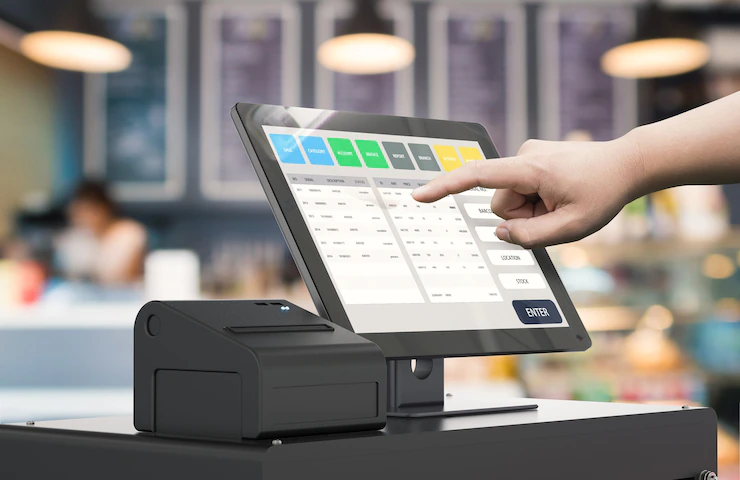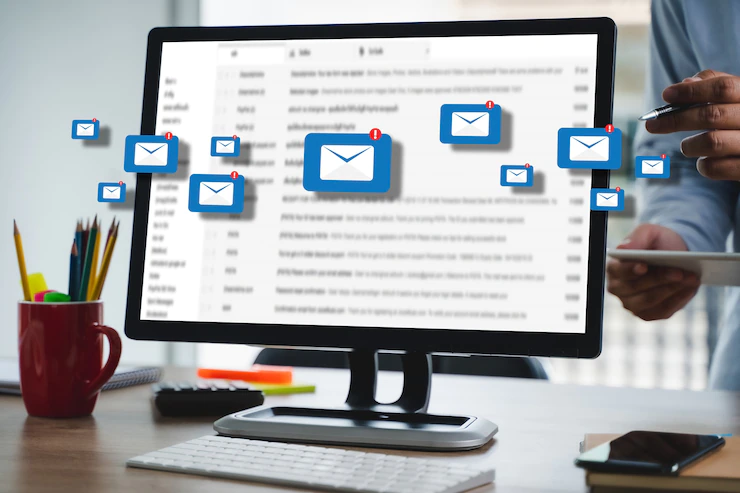Would your business be more successful if it had more efficient systems in place? The good news is that there are many ways to automate your business processes and save time, energy, and money. Automation makes your business run smoothly and helps you stay organized.
Mark Stiffler wants to explore seven ways to automate your business for success and plans to do so in this post.
Top 7 Ways To Automate Your Business For Success
1. Streamline Your Customer Service Processes

Automate customer service tasks such as sending emails and responding to customer inquiries. This will help you save time and energy by quickly responding to customers without manually entering data into a system or email program. You can also use automation tools such as chatbots to respond to common questions or provide customer service 24/7. This will help you create a more personalized customer experience and improve customer satisfaction.
2. Create Automated Payment Systems

Setting up automated payment systems for online products or services makes it easier for customers to purchase from you without manually entering their payment information each time they purchase. This simplifies the buying process and reduces the chances of errors or fraud, which can be costly for businesses. Without this automation, you would be responsible for manually processing each transaction. Manually processing payments can be time-consuming and tedious, not to mention a waste of billing hours.
3. Utilize Scheduling Tools

Scheduling tools allow you to set up automated reminders for yourself or others on your team so that important tasks don’t fall through the cracks and deadlines are met on time. Mark Stiffler says these tools can also help you better manage your time by providing an overview of upcoming events, meetings, or tasks that need to be completed promptly. Popular tools to consider include Google Calendar, Toodledo, and Asana.
Google Calendar
This free calendar application allows you to create and share events with others easily. Most companies use this as it is included in the Google Suite.
Toodledo
This powerful task management and productivity tool allow you to create reminders for yourself or others.
Asana
This project management tool allows you to track tasks, assign due dates, and organize projects with multiple members.
4. Leverage Social Media Automation Tools

Social media automation tools enable you to schedule posts ahead, so you don’t have to worry about manually updating your social media accounts daily. This can save time and effort while ensuring that your accounts stay active and engaged with followers regularly. Social Media Automation Tools such as Hootsuite, Buffer, and Sprout Social are great options. Which one you choose depends on what features you need and your budget.
5. Manage Email Lists with Autoresponders

Autoresponders are great for managing large email lists because they allow you to send personalized messages based on user interactions with your site or emails from other sources (such as webinars).
Autoresponders can also be used for promotional purposes, such as sending out discounts or special offers at predetermined intervals throughout the year. When looking for an autoresponder, make sure to choose one that is easy to use and has the features you need, such as segmentation and personalization.
6. Analyze Data with AI Tools

AI-based analytics tools can help provide insights into how customers interact with your website or product so that you can optimize the user experience accordingly to maximize conversions and sales over time. Additionally, these tools help identify areas where further optimization may be necessary to improve user engagement further down the road.
Popular AI tools Mark Stiffler says to consider include Google Analytics, Mixpanel, and KISSmetrics. Google Analytics is the most popular analytics tool on the market, providing detailed insights into how visitors interact with your site.
Mixpanel and KISSmetrics are other popular AI tools that provide a more in-depth look into customer behavior. They both focus on delivering real-time data and insights that can help you make better decisions about optimizing your website.
7. Implement Automated Invoicing and Billing Solutions

By automating invoices and billing solutions, businesses can save time while reducing manual errors associated with manual entry creation processes (which often lead to false charges).
In addition, automated invoicing solutions make it easier for customers by streamlining the payment process from end to end, so they don’t have to worry about entering their payment information each time they purchase from your site or app. Favorite automated invoicing and billing solutions include FreshBooks, Harvest, and Wave. Each of these tools has features that are tailored to different types of businesses.
Conclusion
Automation is a powerful tool to help businesses succeed and save time, energy, and money. The seven ways outlined in this article are all great options for automating your business processes to stay organized while maximizing efficiency. From streamlining customer service tasks to leveraging AI-based analytics tools, automation provides many benefits for businesses looking to increase their success rate. With automated solutions like these in place, your business will be able to operate more efficiently than ever before!
Additional:






















